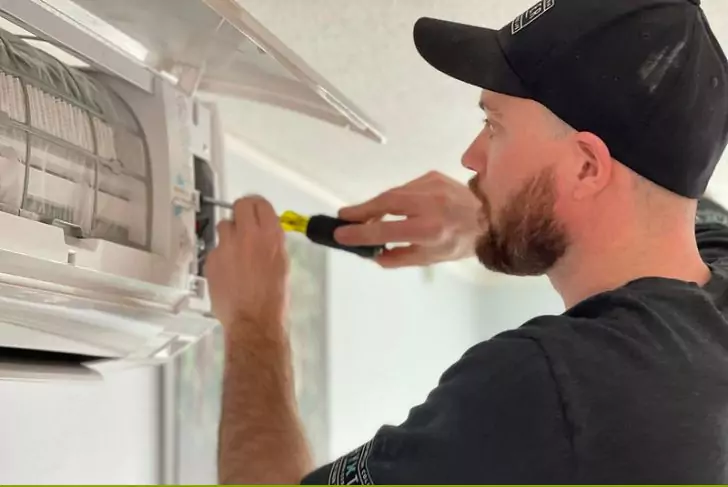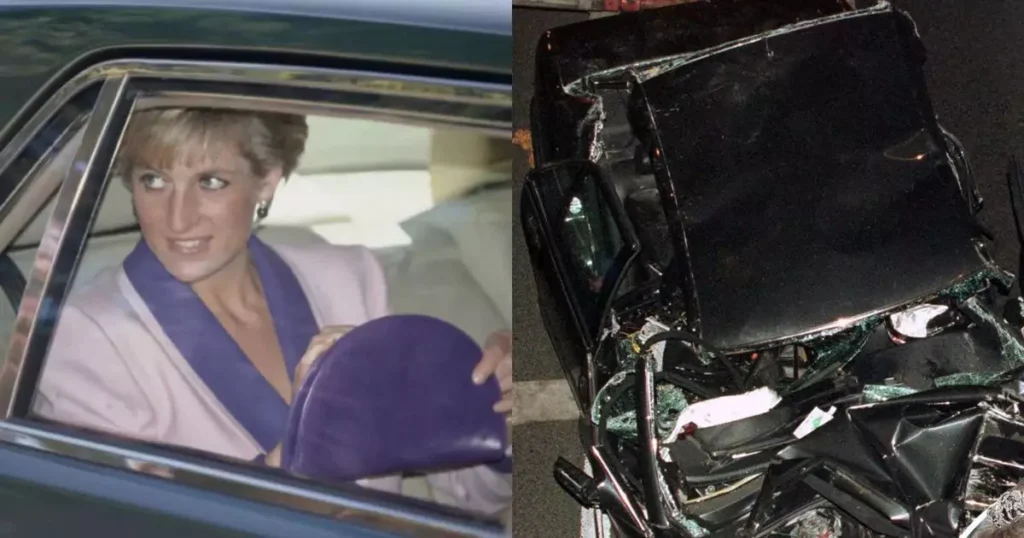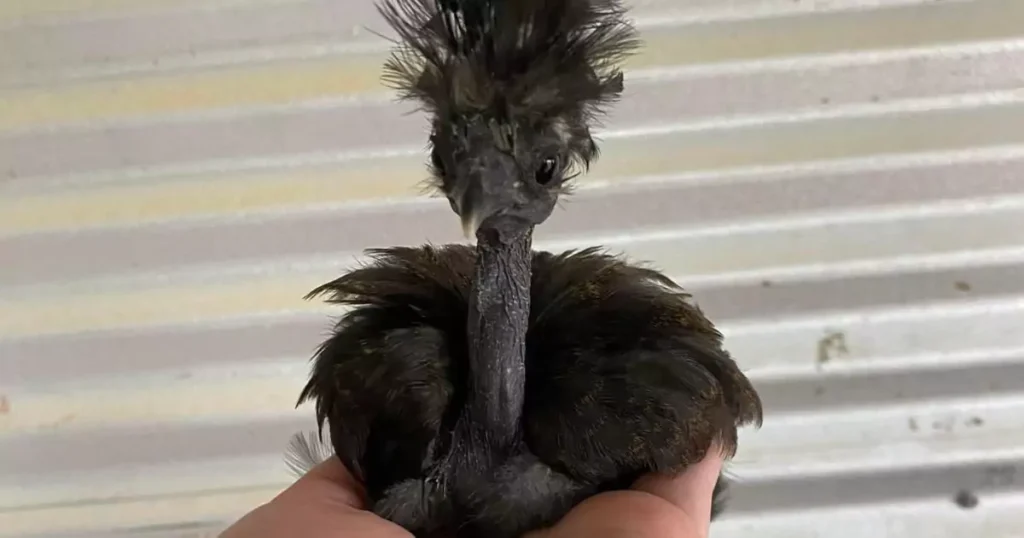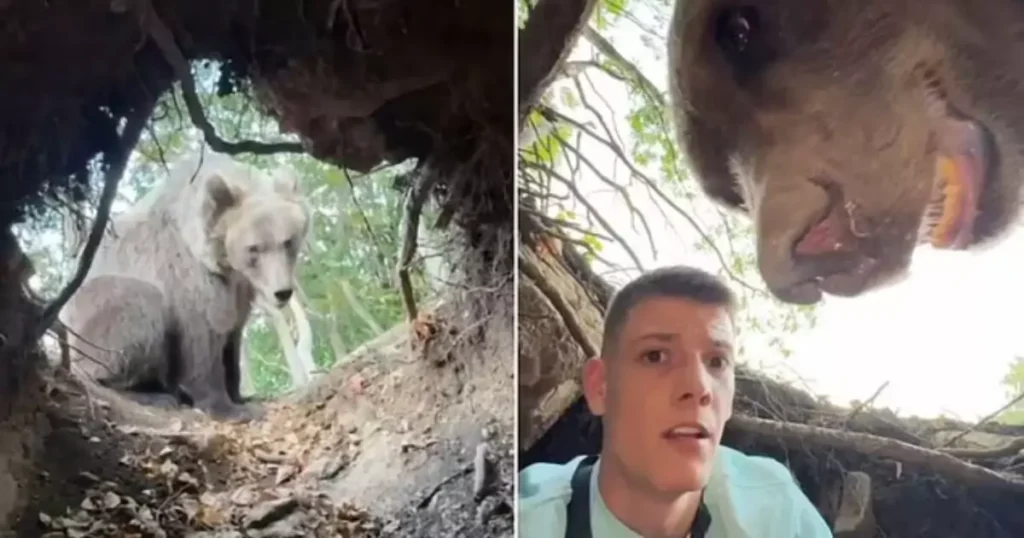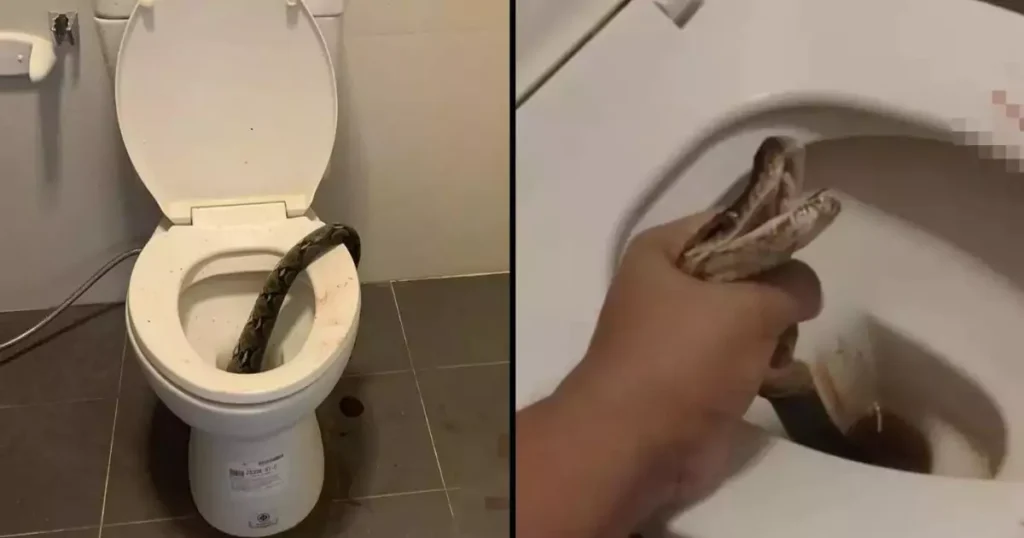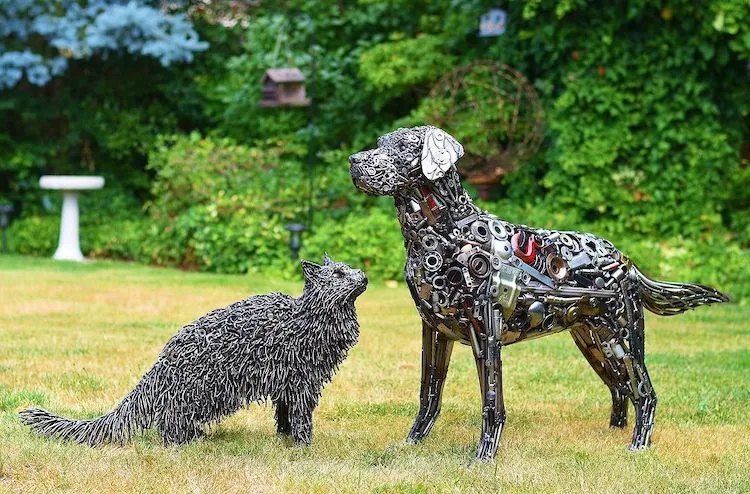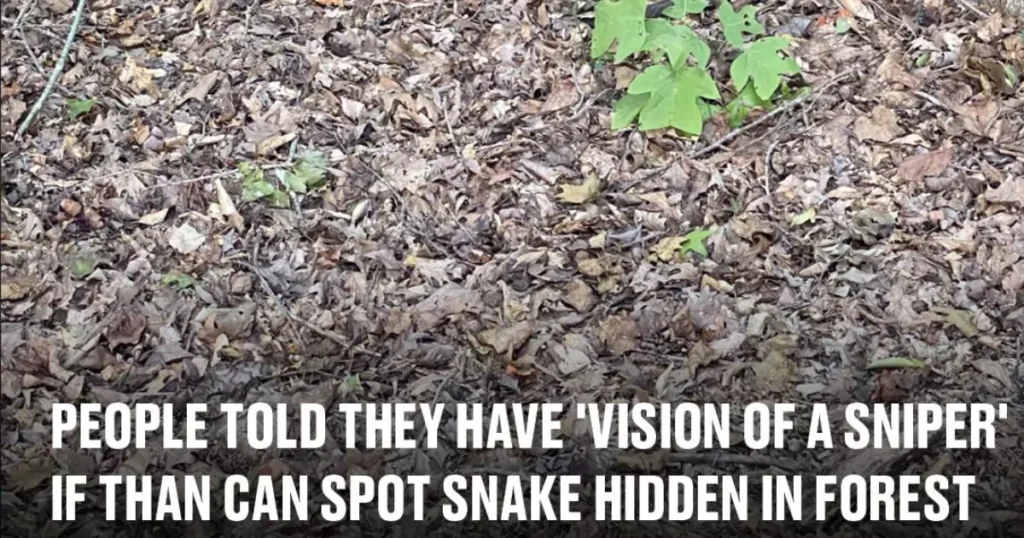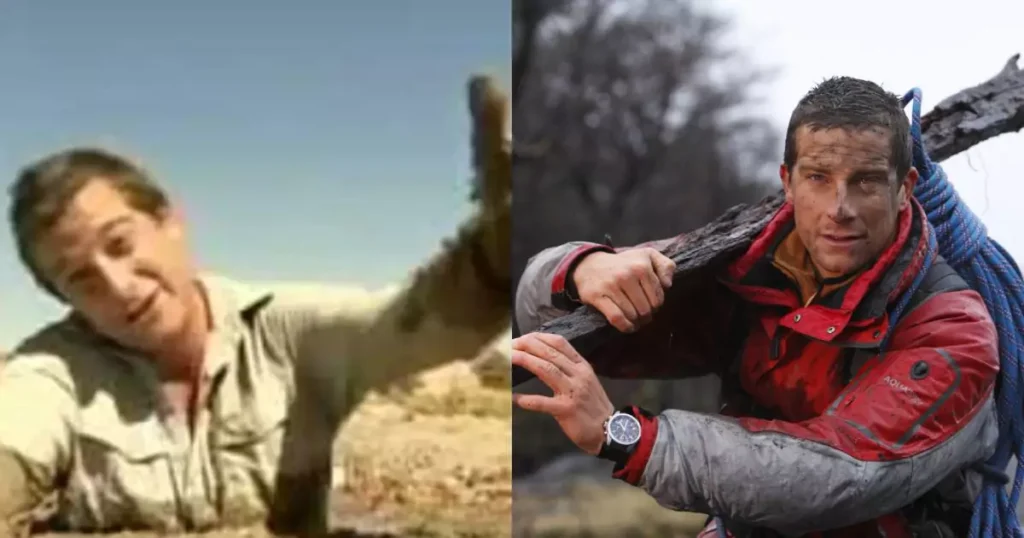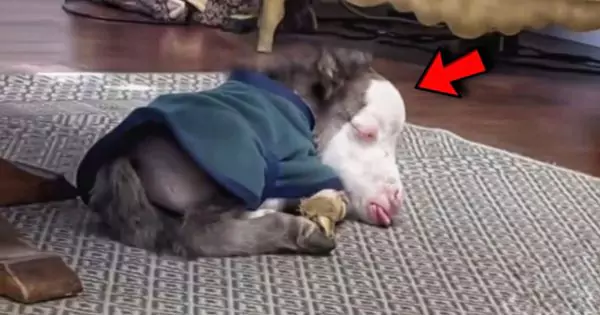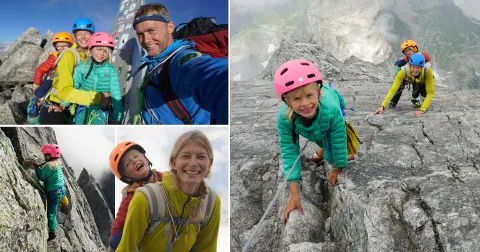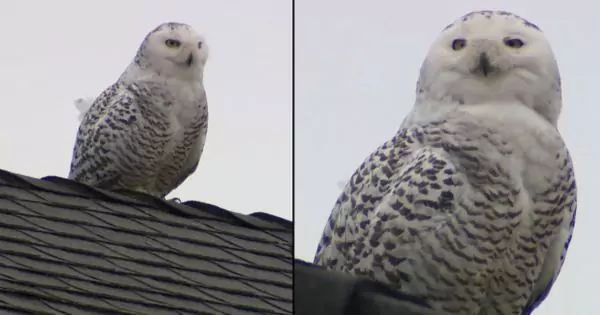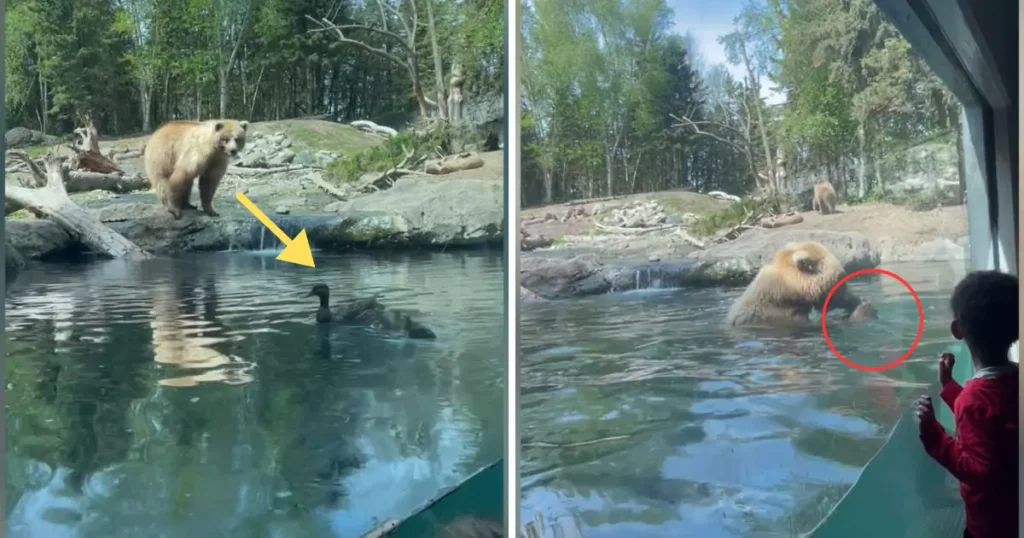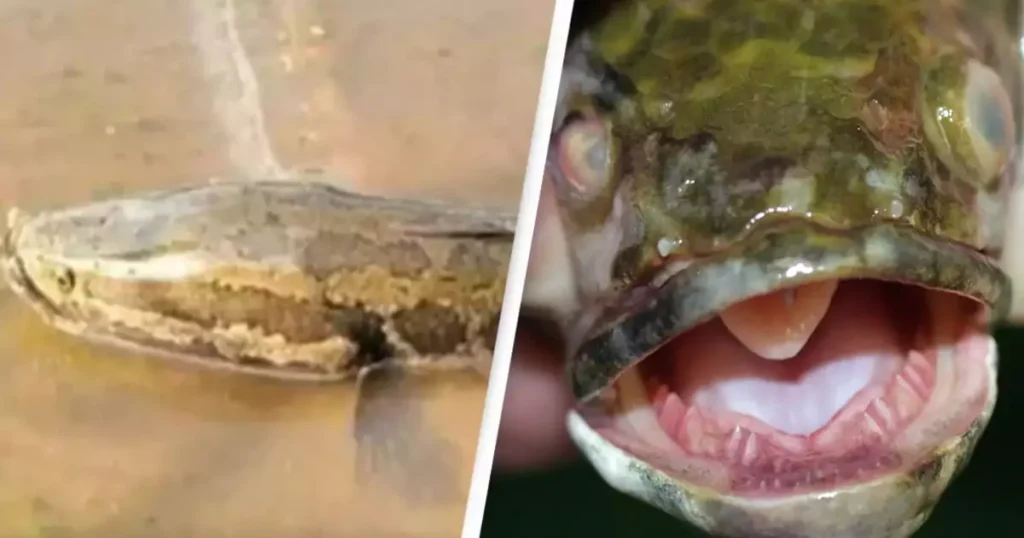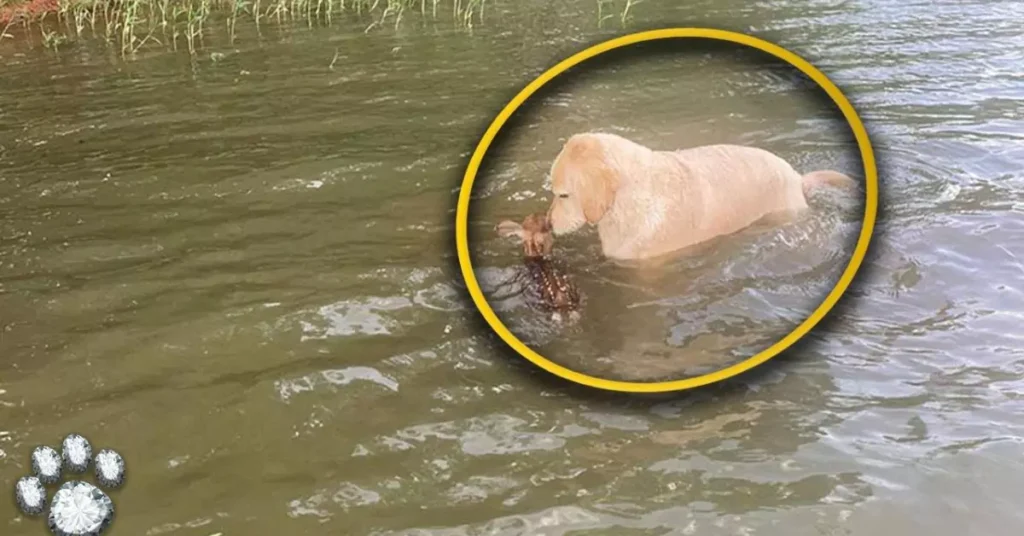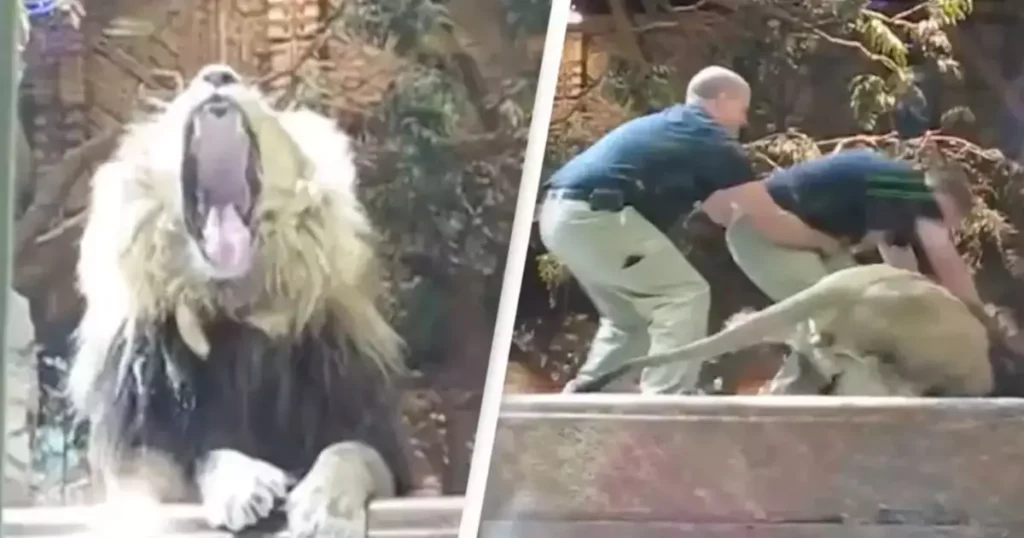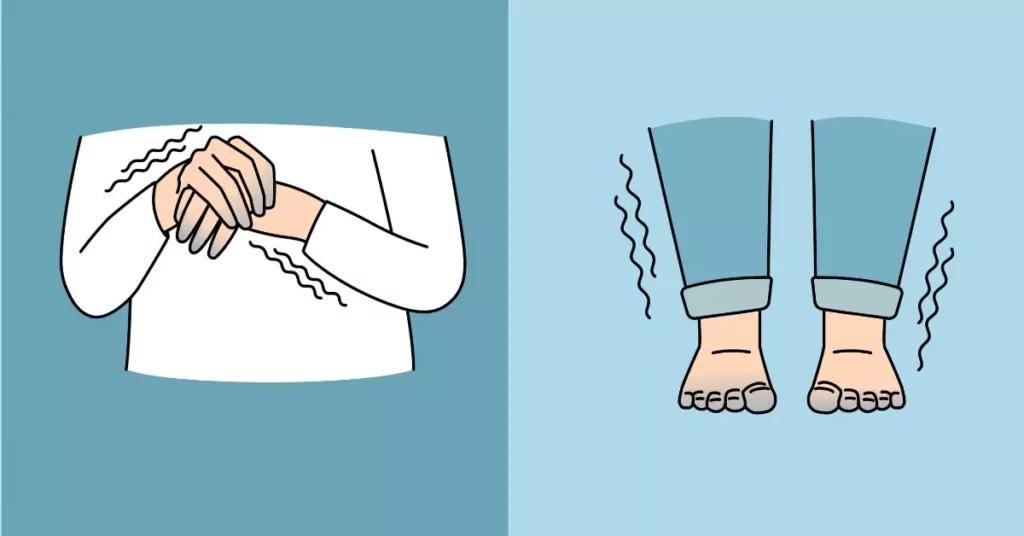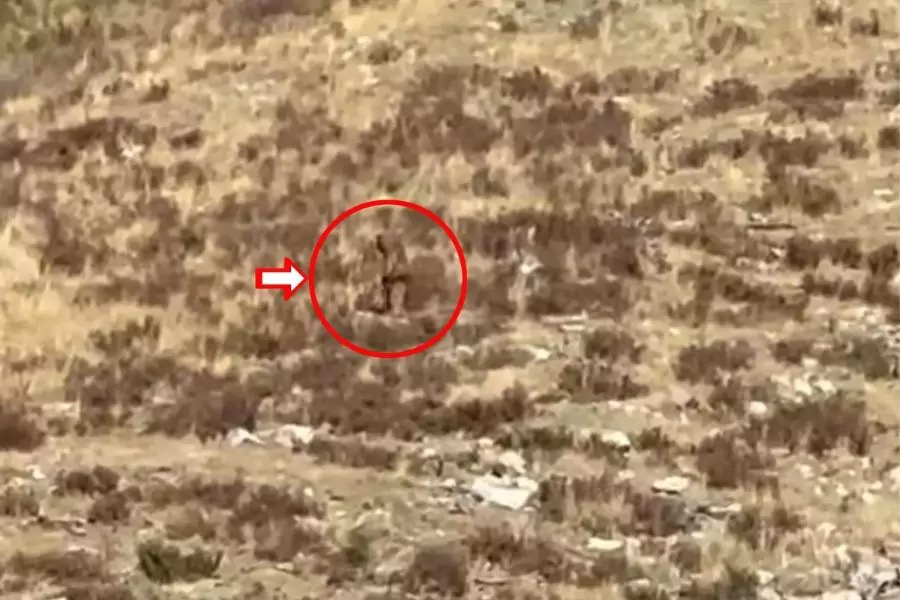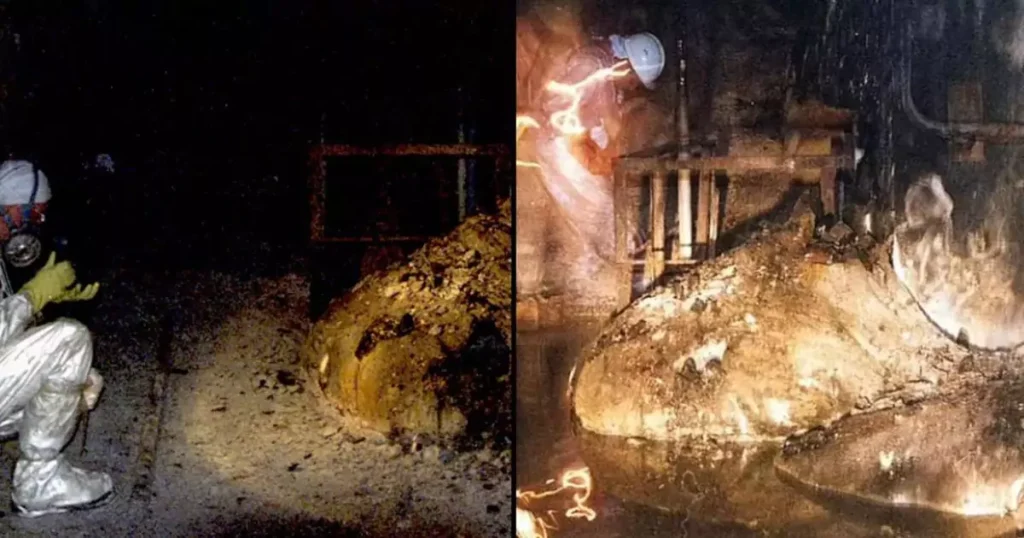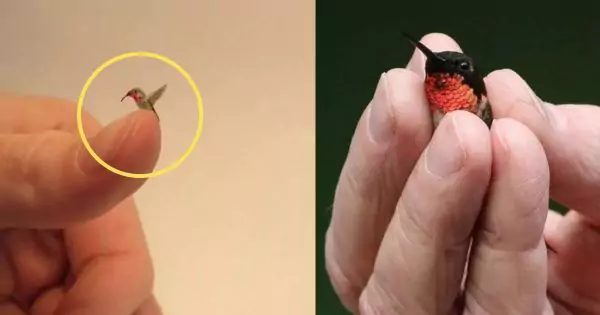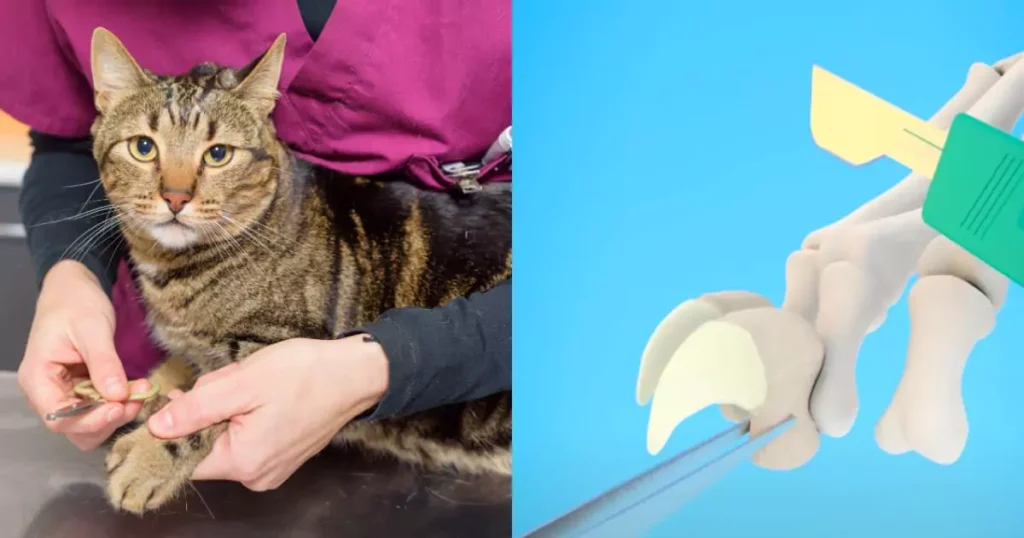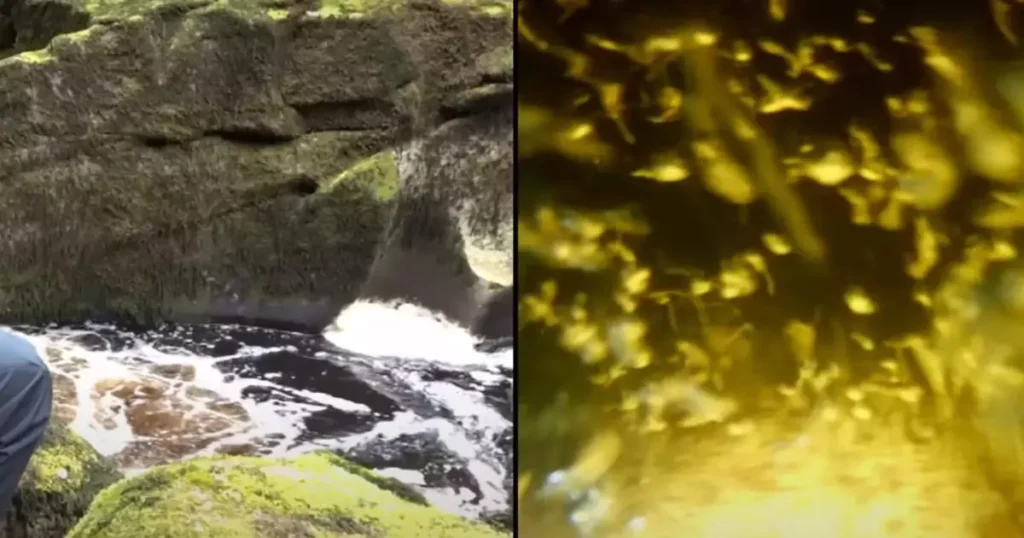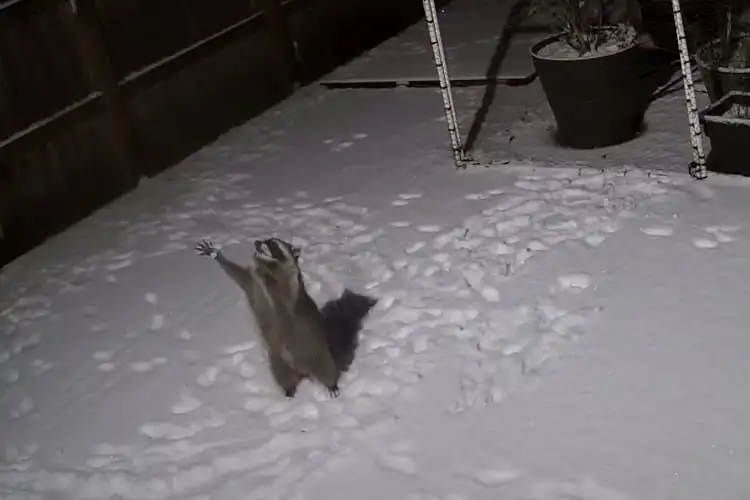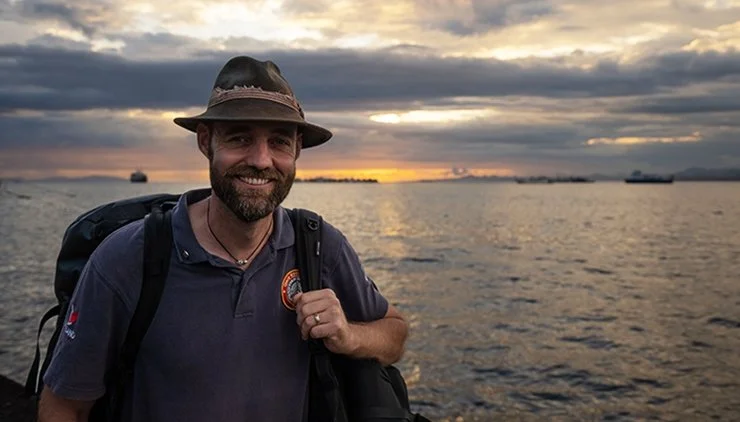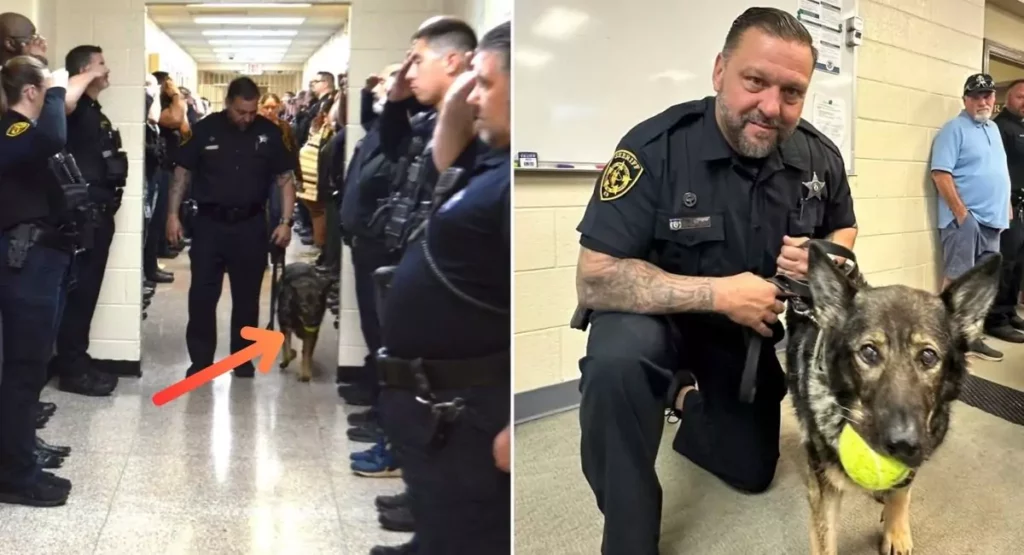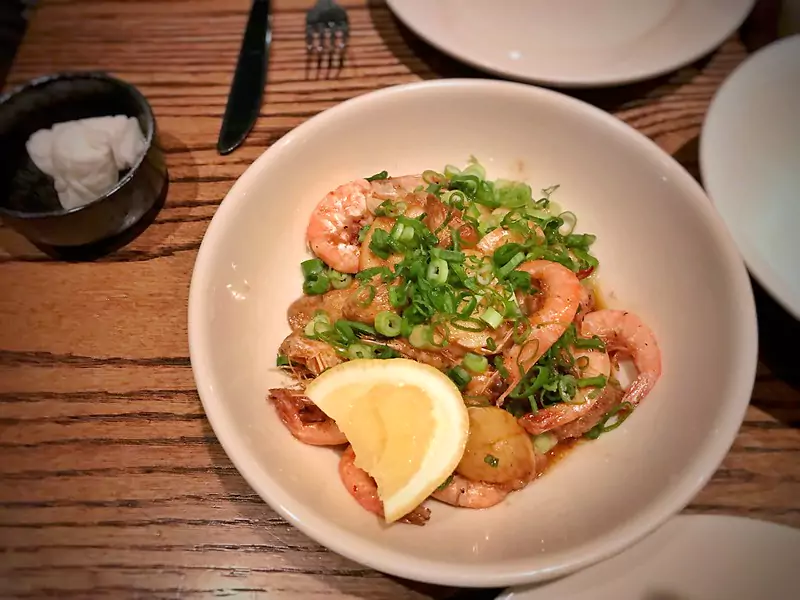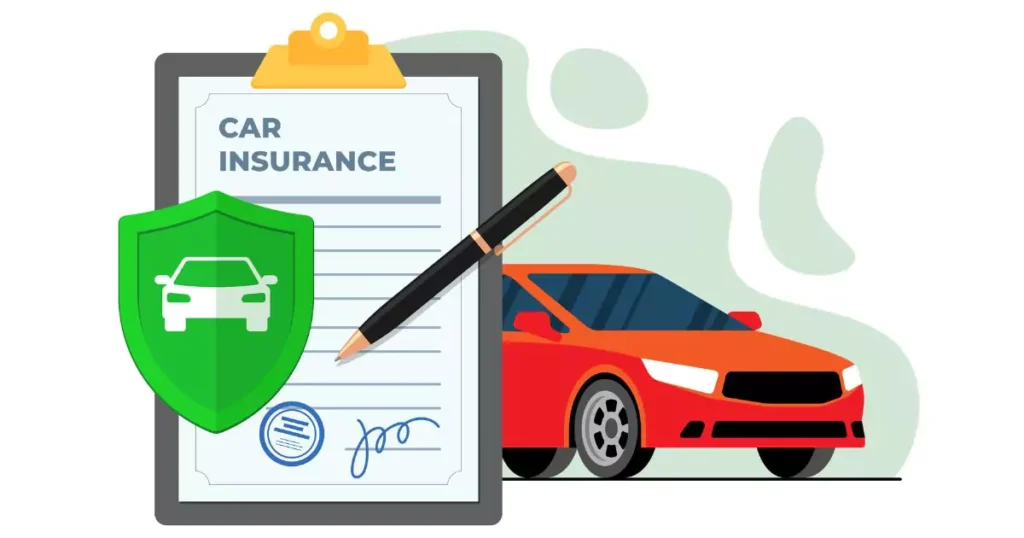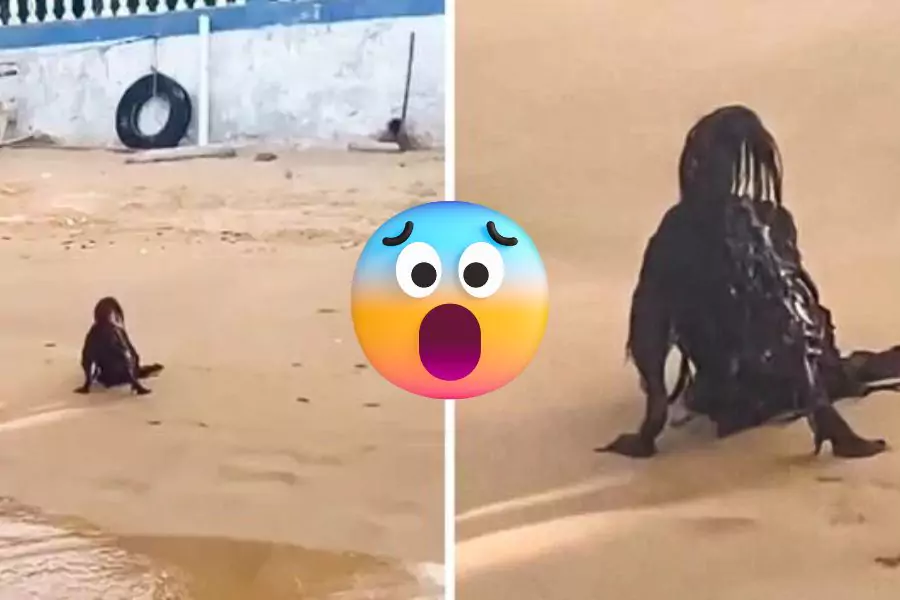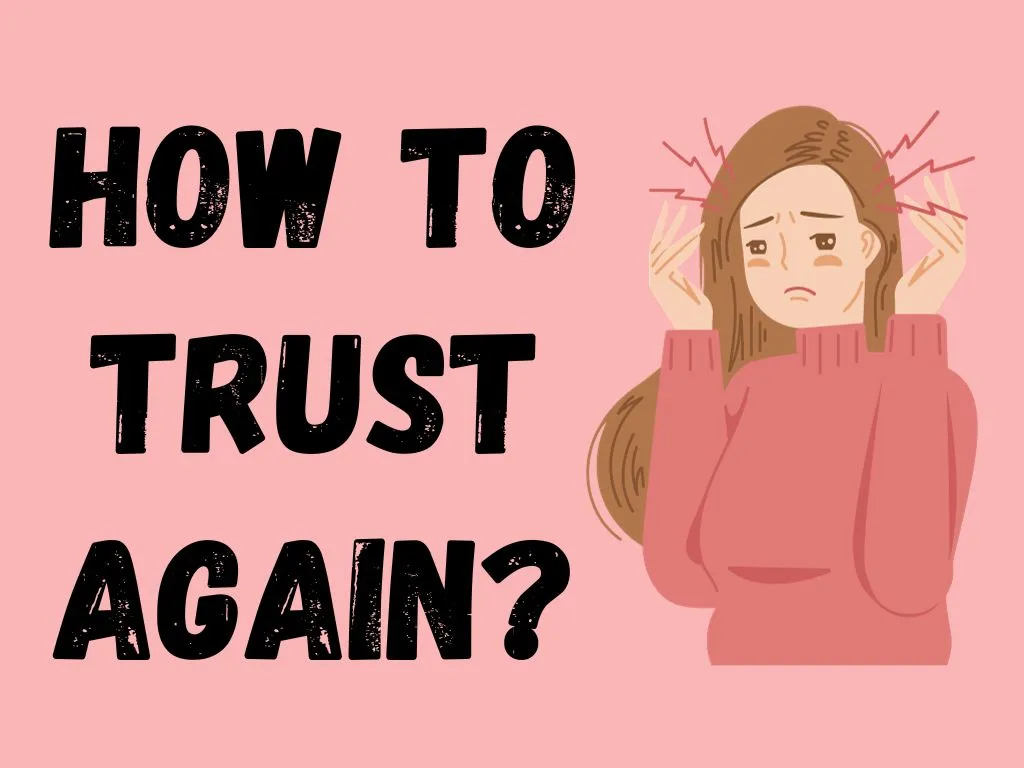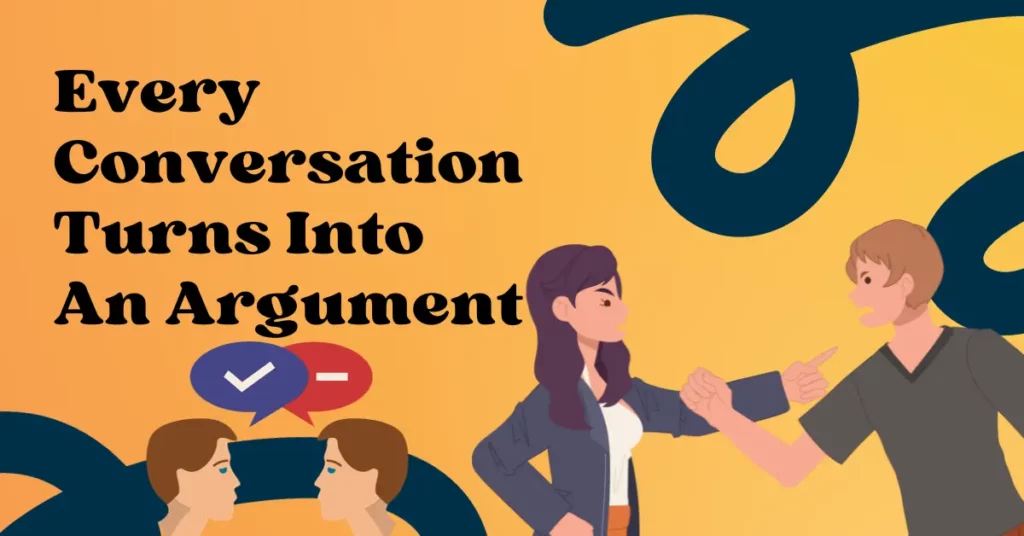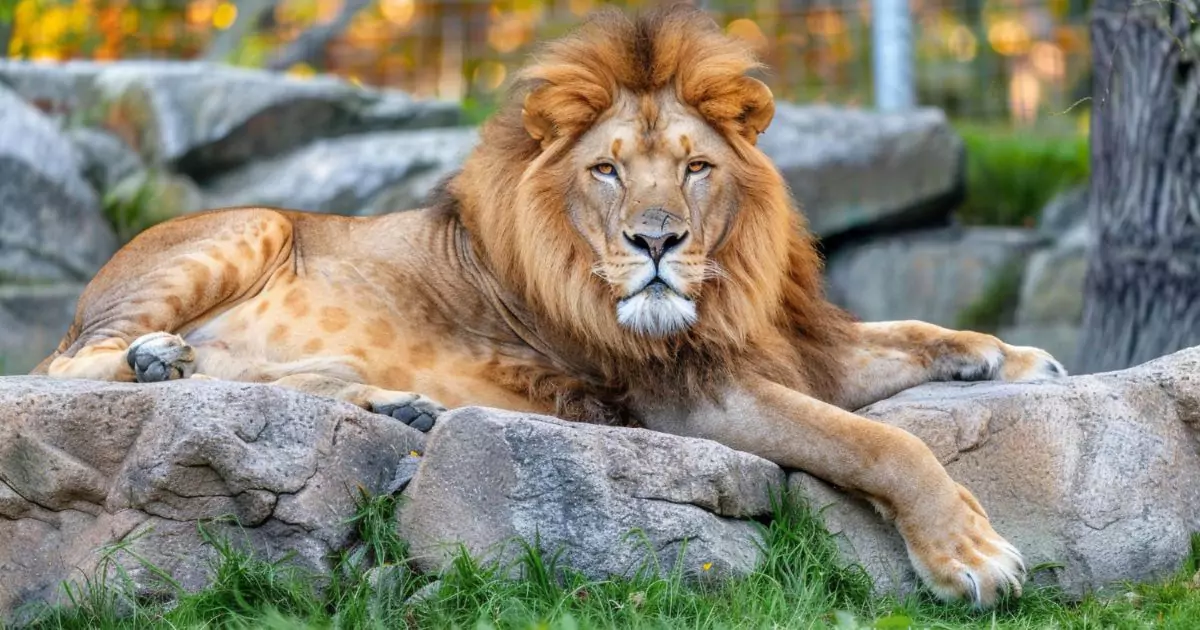
In a shocking incident at the Presidential Library Wildlife Park in Nigeria, an experienced zookeeper lost his life after being attacked by a lion during a feeding demonstration in front of horrified visitors. The tragedy unfolded when Babaji Daule, a trained lion handler, reportedly left the safety gate open while feeding the animal. This fatal mistake led to the lion mauling him to death, raising concerns about zoo safety procedures and the handling of dangerous wildlife.
This article will provide an in-depth look at the events leading up to the attack, examine the safety implications, and offer practical insights for those venturing into regions with dangerous animals. Additionally, we will address common questions, provide safety precautions, and highlight the importance of wildlife conservation.
How a Trained Zookeeper Lost His Life
On the evening of September 28, 2024, 35-year-old Babaji Daule, a skilled lion handler, took a group of visitors to show them the feeding routine of the lions at the Presidential Library Wildlife Park in Abeokuta, Nigeria. According to reports, Daule, who had worked with lions for several years, felt comfortable around the animals and made the critical error of leaving the safety protection gate open while feeding one of the lions.
In a matter of seconds, the situation turned deadly. The lion attacked Daule, inflicting fatal injuries to his neck. Despite the quick response of park staff and visitors, officers had to shoot the lion to free Daule from the animal’s grasp. The zookeeper tragically died at the scene from his injuries.
How the Zoo Responded
Following the incident, the Olusegun Obasanjo Presidential Library (OOPL) released a statement expressing deep sorrow over the tragic event. The statement confirmed that Babaji Daule had been a trusted and skilled handler, but the feeding demonstration fell outside the park’s standard operating procedures.
Zoo management emphasized that safety protocols had been breached, with the open gate being a critical factor in the attack. The park also confirmed that the lion had been put down to prevent further harm. Authorities launched an investigation into the circumstances surrounding the incident, which raised serious questions about zoo regulations and safety protocols.
Should Zoo Protocols Be Reevaluated?
The tragic death of Babaji Daule has reignited debates about the safety measures in place at zoos, especially those that house dangerous animals like lions. Handling wild animals always carries inherent risks, and zookeepers must follow strict guidelines to minimize these risks. In this case, leaving the safety gate open was identified as a significant breach of protocol.
Zoo safety regulations typically include multiple layers of protection for handlers, such as safety gates, barriers, and emergency procedures. These measures are designed to prevent fatal accidents. However, incidents like this highlight the importance of constant vigilance and adherence to safety standards.
Why Do Zoo Attacks Happen?
While zoos play a vital role in conservation and education, they also come with the challenge of managing dangerous animals. Zoo attacks often occur due to human error, breaches of safety protocols, or unexpected animal behavior. In some cases, zookeepers may become too comfortable around animals, leading to lapses in judgment.
Wild animals, including lions, can behave unpredictably even when they are well-fed and have been raised in captivity. The instinct to hunt and defend territory is hardwired into these animals, making it essential for handlers to maintain strict safety measures at all times.
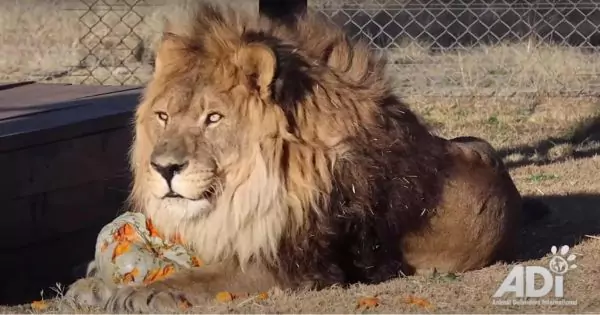
The Importance of Zoo Safety Regulations
Zoos around the world are governed by stringent safety regulations designed to protect both the animals and the people who work with or visit them. These regulations typically include:
- Safety Barriers: All enclosures for dangerous animals must have safety barriers to prevent direct contact between the animal and the public or staff.
- Standard Operating Procedures (SOPs): Zoos must establish SOPs for feeding, cleaning, and handling dangerous animals. These procedures are designed to minimize risk by ensuring that tasks are performed in a controlled environment.
- Emergency Protocols: Zoos should have emergency protocols in place for handling situations such as animal escapes or attacks. Staff should be trained to respond quickly and effectively.
- Training Programs: Zookeepers who handle dangerous animals must undergo rigorous training to understand animal behavior and emergency procedures.
Safety Precautions for Wildlife Handling
For individuals working with or around dangerous animals, several safety precautions are crucial to minimizing risks:
- Never Skip Safety Protocols: Always follow standard safety procedures, no matter how experienced or familiar you are with the animals. Zookeepers should never take shortcuts when dealing with dangerous wildlife.
- Use Protective Barriers: Never approach or feed dangerous animals without ensuring that protective barriers, such as gates or enclosures, are securely in place.
- Stay Alert: Wild animals can act unpredictably, even if they seem calm or have been well-trained. Always remain vigilant and prepared for sudden changes in behavior.
- Conduct Regular Safety Drills: Zoos should regularly practice emergency drills to prepare staff for potential crises. Knowing how to respond in an emergency can make the difference between life and death.
- Handle Animals in Pairs: If possible, zookeepers should handle dangerous animals in pairs, with one individual focusing on safety while the other manages the animal.
Wildlife Conservation and the Role of Zoos
Zoos are not only places of entertainment but also important centers for wildlife conservation. Many zoos, including the Presidential Library Wildlife Park, aim to protect endangered species and educate the public about wildlife and ecosystems. The park houses more than 140 indigenous and exotic animals, including lions, hyenas, pythons, and birds.
While this tragedy has raised questions about safety, it is essential to recognize the significant role zoos play in conservation. Well-managed zoos contribute to species preservation, research, and education. However, as this incident shows, managing wild animals always comes with risks.
Visitor Safety Tips for Zoos and Wildlife Parks
For visitors to zoos and wildlife parks, safety is also a priority. Here are some tips for staying safe during a zoo visit:
- Respect Barriers and Signs: Always stay behind barriers and follow posted signs. Zoos have these measures in place for your protection.
- Do Not Feed Animals: Feeding animals without permission can be dangerous. Stick to the zoo’s designated feeding times and areas.
- Supervise Children Closely: Keep a close eye on children during zoo visits, especially near enclosures housing dangerous animals.
- Follow Staff Instructions: If a zookeeper or staff member gives instructions, follow them promptly. Zoo staff are trained to manage potentially hazardous situations.
- Avoid Provoking Animals: Never make loud noises, tap on enclosures, or try to provoke animals. Such actions can trigger aggressive responses.
A Sobering Reminder of the Risks in Wildlife Management
The tragic death of Babaji Daule serves as a stark reminder of the risks involved in working with wild animals. While zoos provide essential services in wildlife conservation and education, they must also maintain strict safety protocols to protect staff and visitors.
This incident has highlighted the importance of constant vigilance and adherence to safety standards. Moving forward, zoos worldwide should reevaluate their procedures to prevent such tragedies in the future. By learning from these events, we can create safer environments for both animals and humans, while continuing to support vital conservation efforts.
If you’re passionate about wildlife or work with dangerous animals, it’s essential to stay informed about best practices and safety protocols. Subscribe to our newsletter for the latest updates on wildlife conservation, zoo safety, and animal behavior. Join us in promoting safe and ethical wildlife management.

